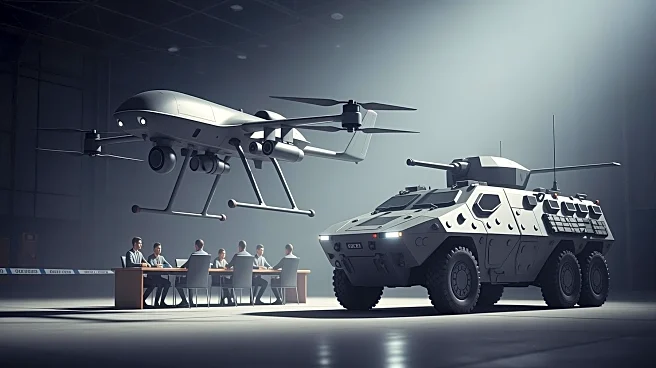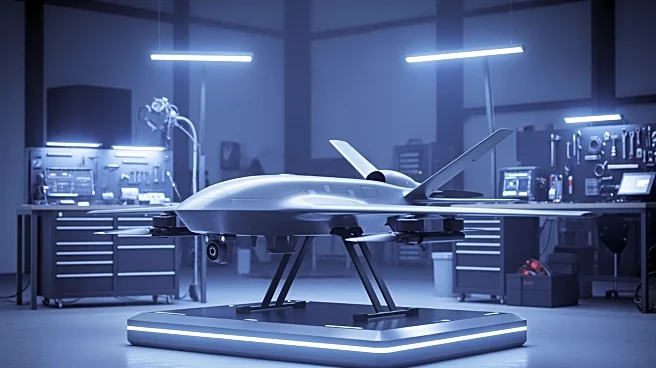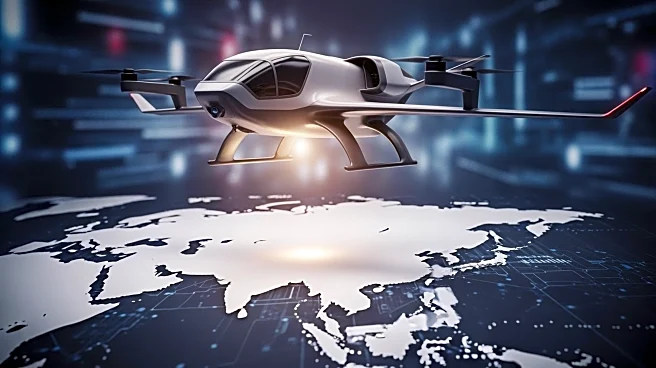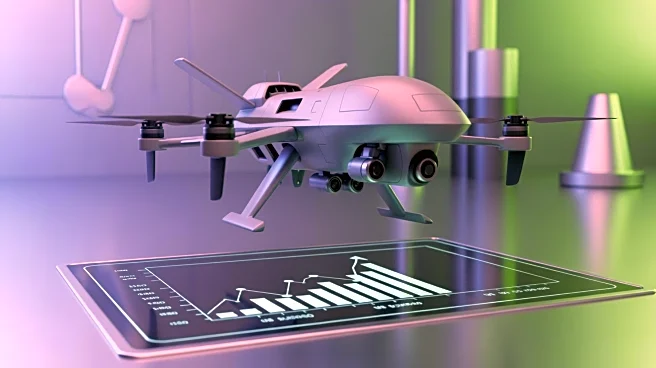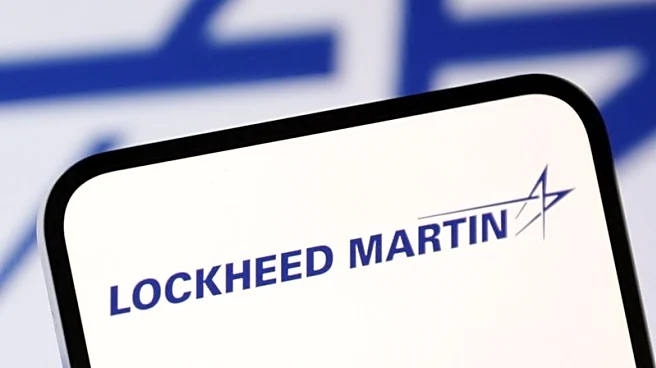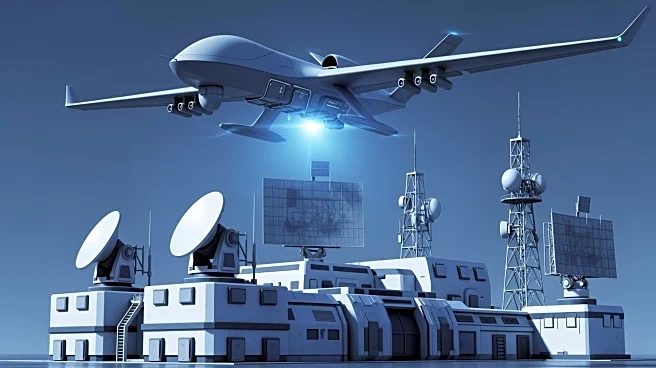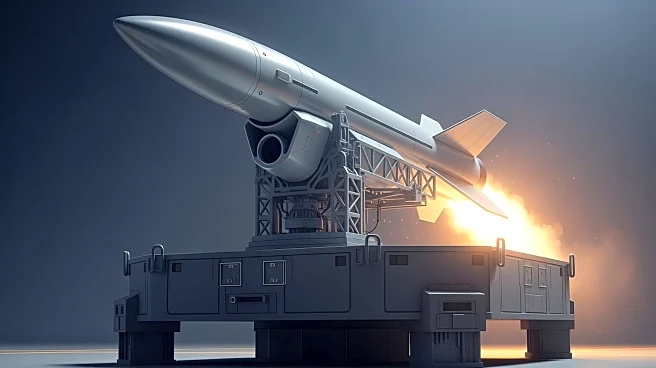What's Happening?
Defense firms in the U.S. are increasingly investing in self-funded prototypes to meet rising demand and preempt future threats. Lockheed Martin, for instance, is advancing its research and development
strategy by focusing on corporate-level initiatives, such as autonomous Black Hawks and space-based interceptors. The company aims to demonstrate these prototypes to the government, potentially alongside new entrants in the defense sector. Northrop Grumman is also investing heavily in independent research and development to accelerate market entry, particularly as international sales grow. This shift comes as the Pentagon increases its research and development funding, although challenges remain in transitioning prototypes into full-scale production.
Why It's Important?
The move towards self-funded prototypes by defense firms highlights a significant shift in the industry, driven by the need to quickly adapt to evolving threats and technologies. This approach allows companies to demonstrate capabilities directly to the government, potentially filling funding gaps and accelerating the deployment of advanced technologies. The strategy could lead to faster integration of innovative solutions into defense systems, benefiting both the military and defense contractors. However, it also involves significant financial risks, as companies invest their own resources without guaranteed government contracts.
What's Next?
Lockheed Martin plans to conduct a real on-orbit demonstration of its space-based interceptor by 2028, while other companies like Apex are developing technologies independently to expedite deployment. The Pentagon's increased focus on research and development may lead to more collaborations with private firms, potentially streamlining the transition from prototype to full-scale production. As defense firms continue to innovate, the industry may see a shift in how new technologies are developed and integrated into military operations.
Beyond the Headlines
The trend towards self-funded prototypes could reshape the defense industry's relationship with the government, as companies take on more risk to prove their capabilities. This approach may also influence how new entrants compete with established firms, potentially leading to a more dynamic and competitive market. Additionally, the focus on rapid development and deployment of advanced technologies could have broader implications for national security and global defense strategies.
